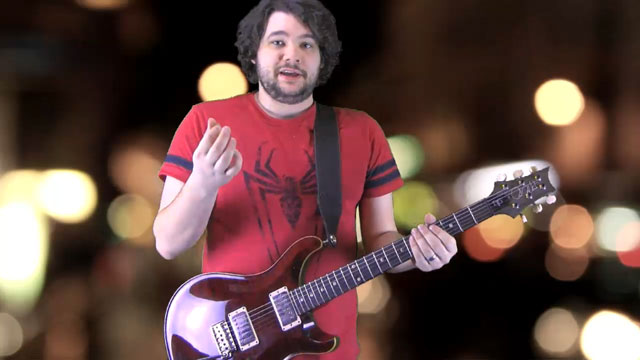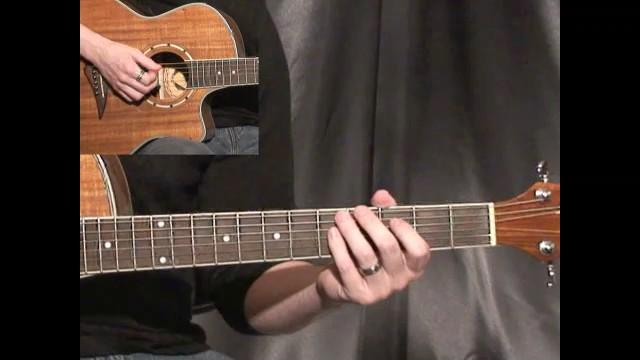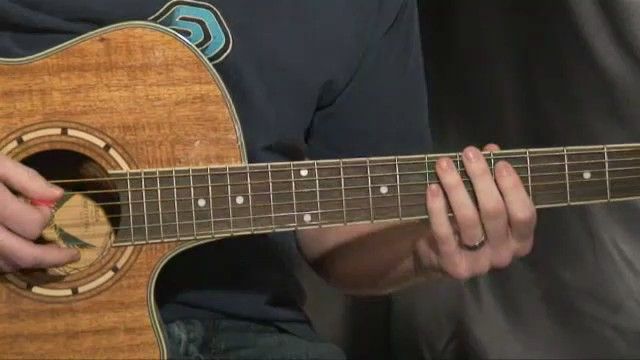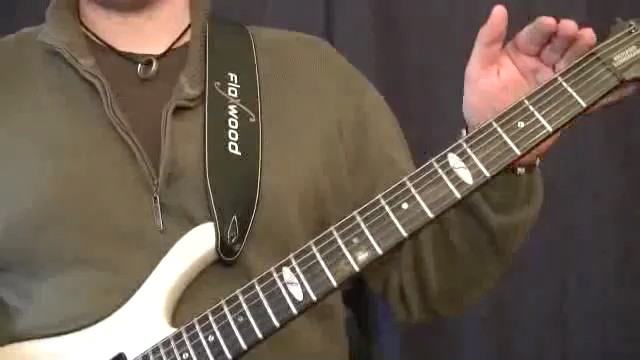One of the most important, and often overlooked elements of the guitar is the tone created by your fingers. It is the first point of contact that you have with the guitar, and possibly one of the most crucial in creating an identity on the instrument. Well known players have distinctly different and memorable tones not as the result of an expensive rig, but the ability to shape the sounds they create with their hands. Famed classical guitarist Andres Segovia is noted as saying "The guitar is a small orchestra. It is polyphonic. Every string is a different color, a different voice.” The upcoming examples follow this premise. Although they are designed for the electric guitar, they do not use a pick. If you are interested in exploring this concept further, it is worthwhile to grow the nails on your right hand out. The tone created by a properly shaped nail and skin of the finger are noticeably warmer, and unique to each person who plays.
From here on, we will refer to the right hand fingers in the following way:
Thumb - 'P' (Pulgar)
Index Finger - 'I' (Indice)
Middle Finger - 'M' (Medio)
Ring Finger - 'A' (Anular)
The names, which are used primarily in classical study, are spanish abbreviations. They are helpful in quickly identifying which finger is best used to execute specific notes. Similarly, the the left hand fingers are labelled T, 1, 2, 3, 4.
Enjoy the exercises and I look forward to hearing how you've applied them to your own musical situations.



















